
Tracing the Legacy of Toyotomi Hideyoshi – Toward the Heart of Japan’s Unification
Osaka Castle stands as one of Japan’s most iconic landmarks—originally constructed by Toyotomi Hideyoshi to symbolize the unification of the nation, and later expanded and fortified by the Tokugawa Shogunate. In this guide, we explore its enduring legacy through three key areas: the Otemon Gate district, the Nishinomaru Garden, and the central Honmaru precinct. Discover how the spirit of Osaka Castle, born in the Sengoku period, has been preserved and reimagined across centuries of Japanese history.
Otemon Gate Area
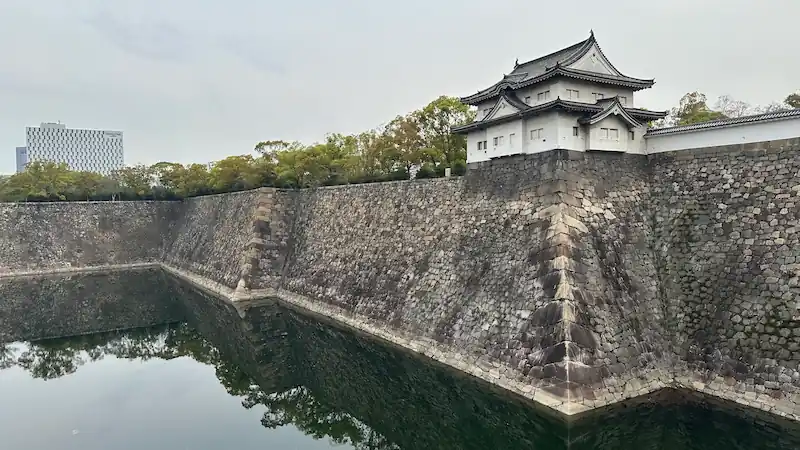
Tamon Yagura Northern Moat

Otemon Gate

South wall of Otemon Gate
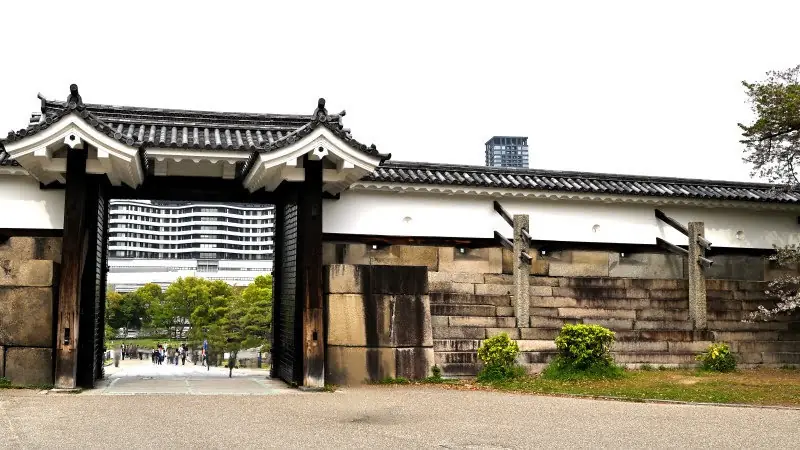
North wall of Otemon Gate

Tamon Yagura
Nishinomaru Garden Area
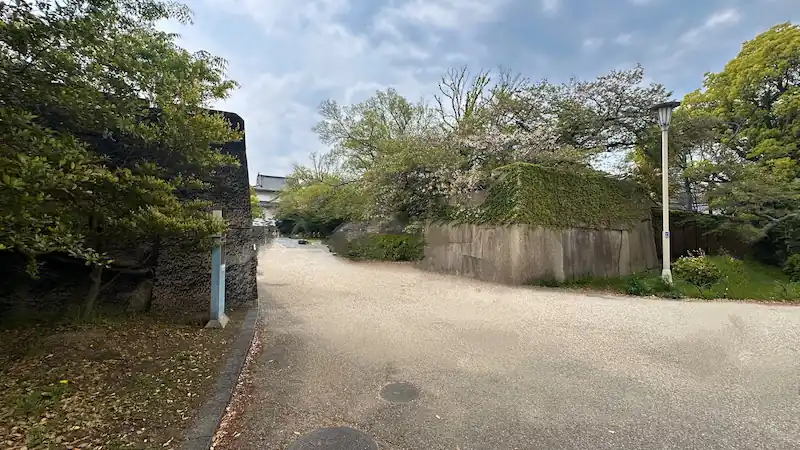
Remains of the Taiko Tower

Sengan Yagura
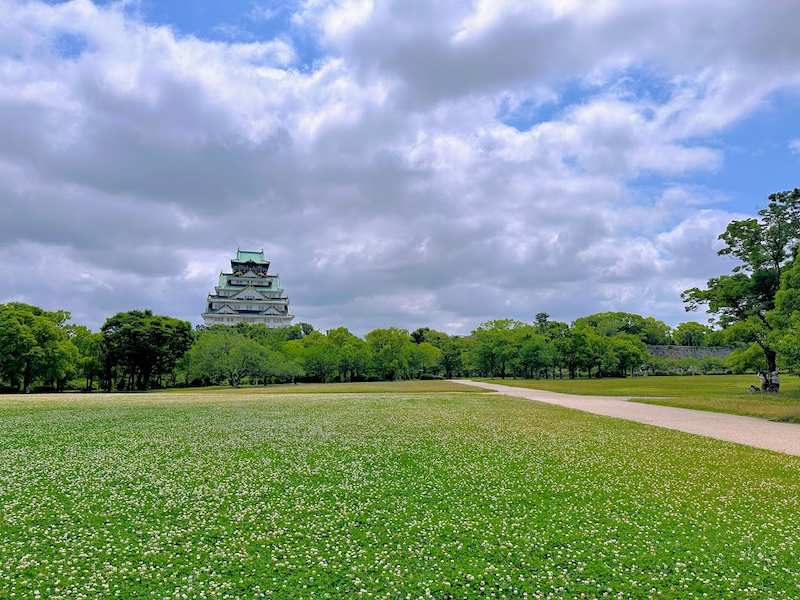
Nishinomaru Garden
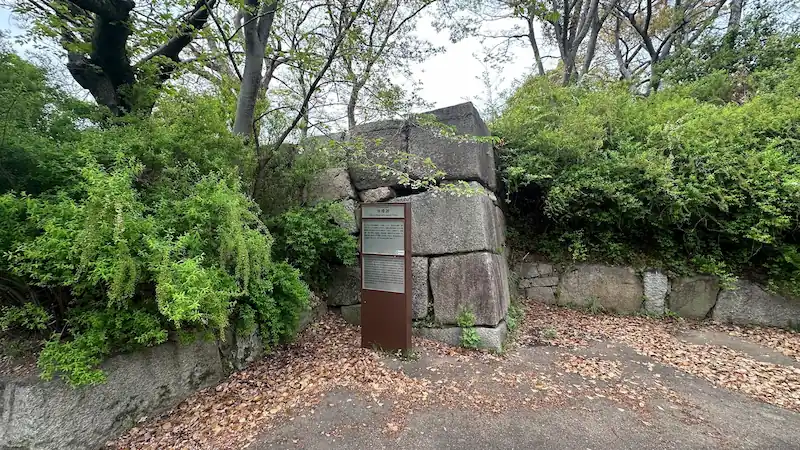
Hitsujisaru Yagura Remains
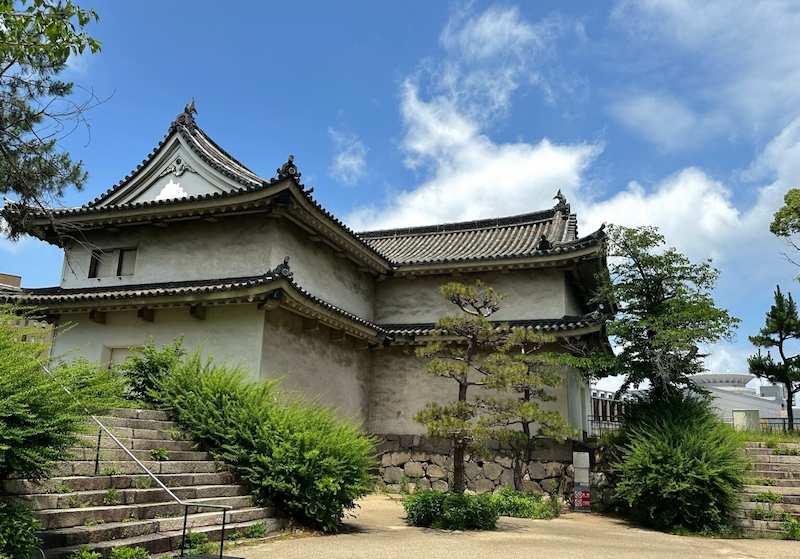
Inui Yagura
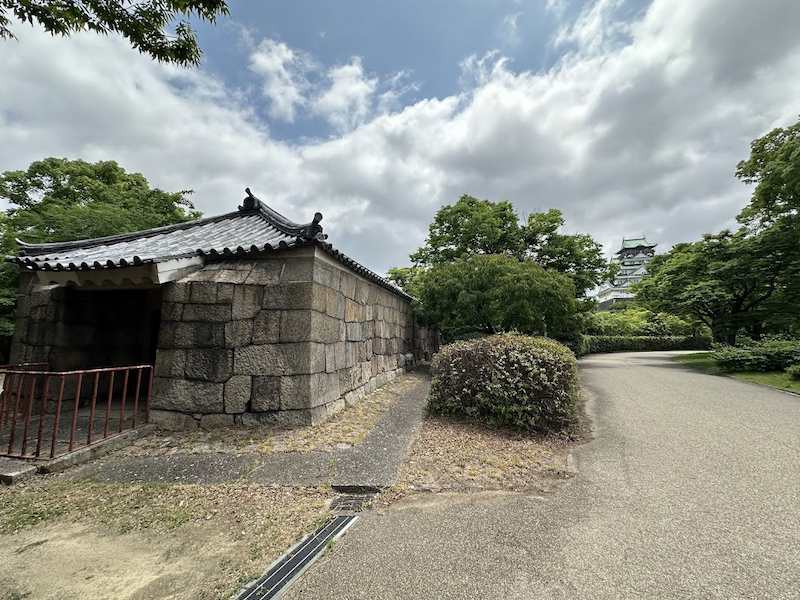
Enshōgura (Gunpowder Storehouse)

Sixth Tower

Toyokuni Shrine
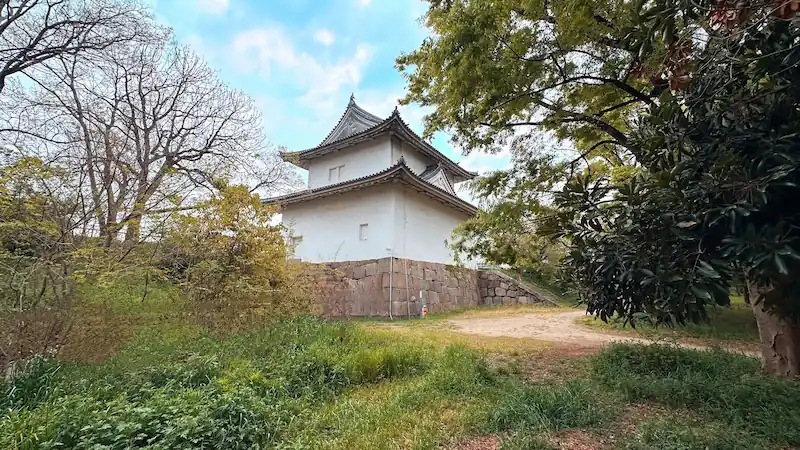
Ichiban Yagura (First Turret)
Honmaru Area
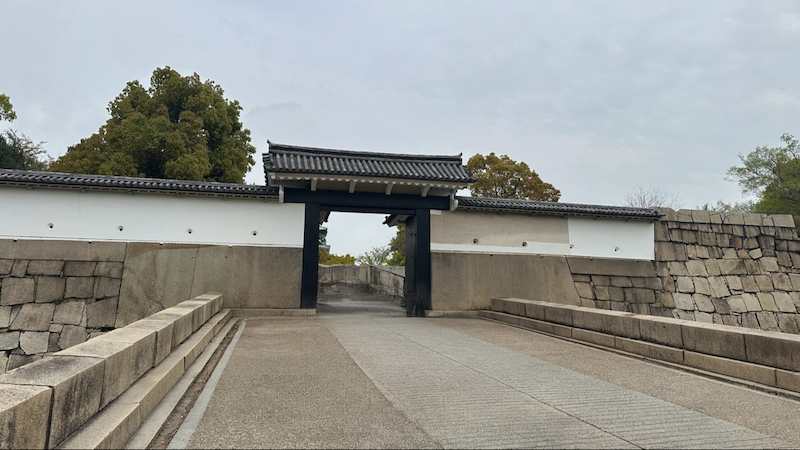
Sakuramon Gate

Ginmeisui Well
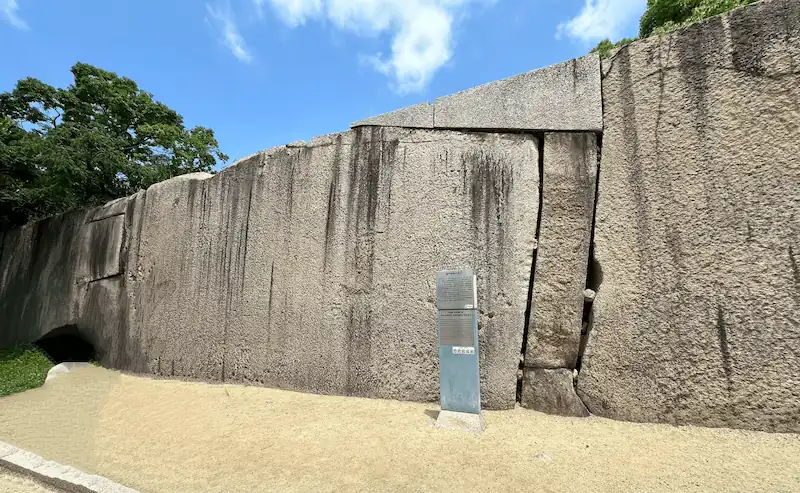
Giant Stones of Sakuramon Masugata
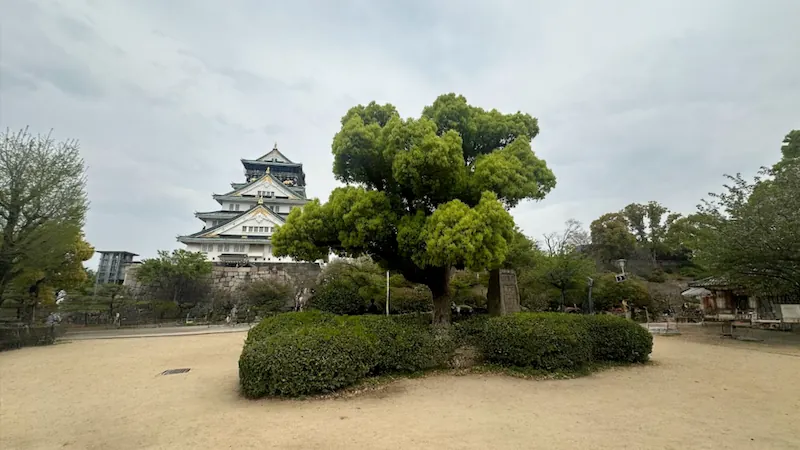
The Camphor Tree Allegedly Planted by Toyotomi Hideyoshi
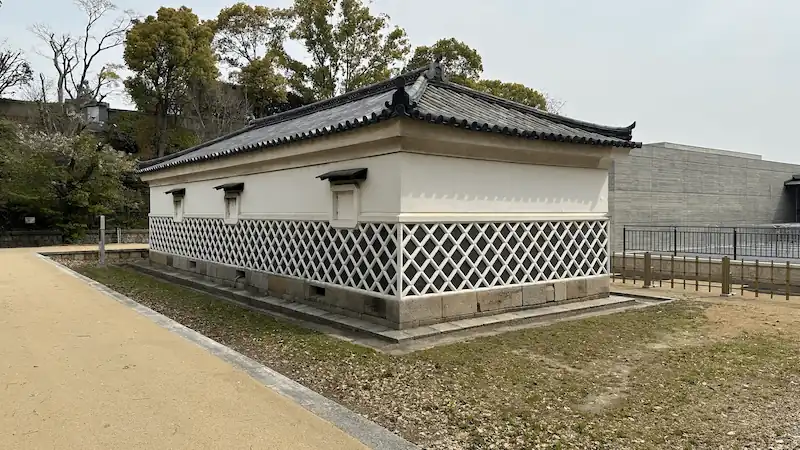
Kinzo (Gold Storehouse)
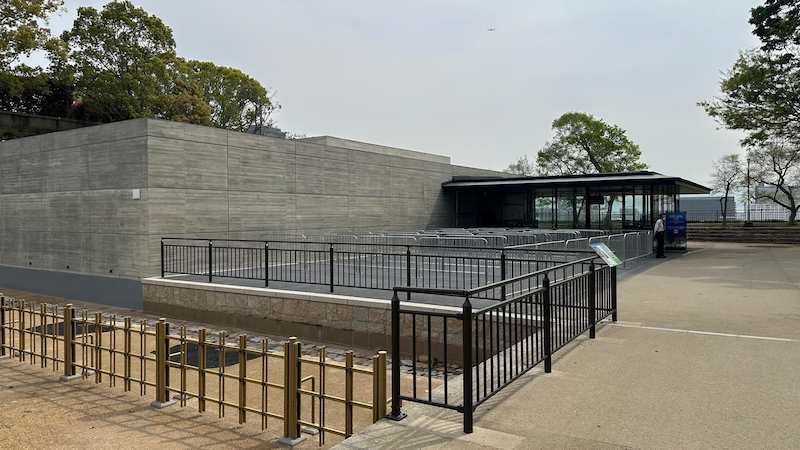
Toyotomi Hideyoshi’s Ishigaki-kan (Stone Wall Exhibition Hall at Osaka Castle)
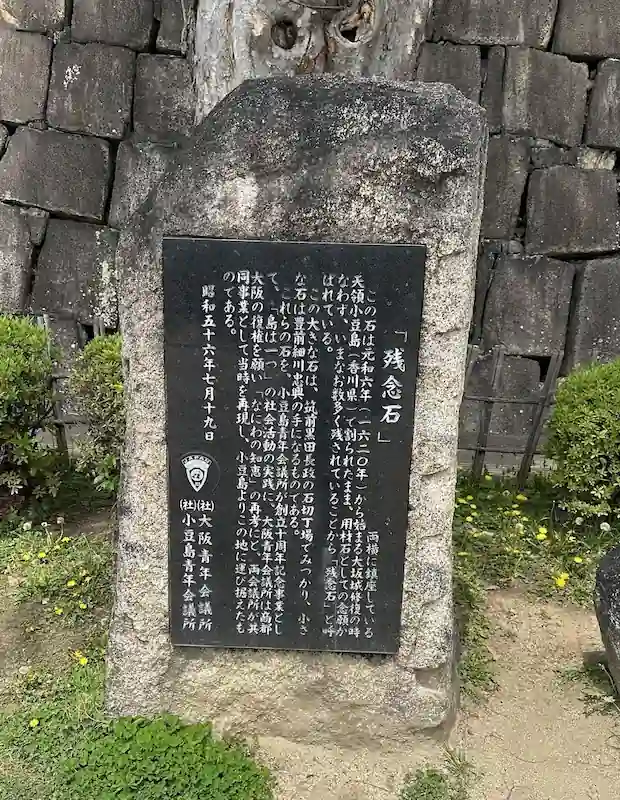
Zannen-ishi: The Stones That Fell Short: Untold Stories Beneath Osaka Castle

Kinmeisui Well House

Osaka Castle Main Tower
The Northern Stronghold Area
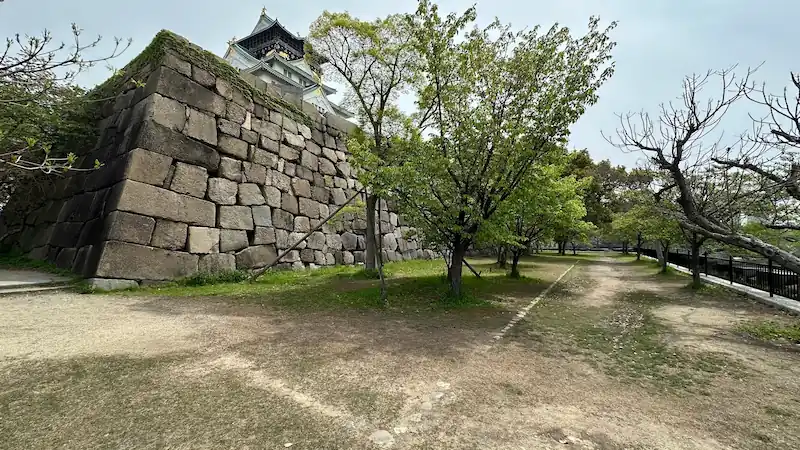
Hidden Bailey (Kakushi Kuruwa)
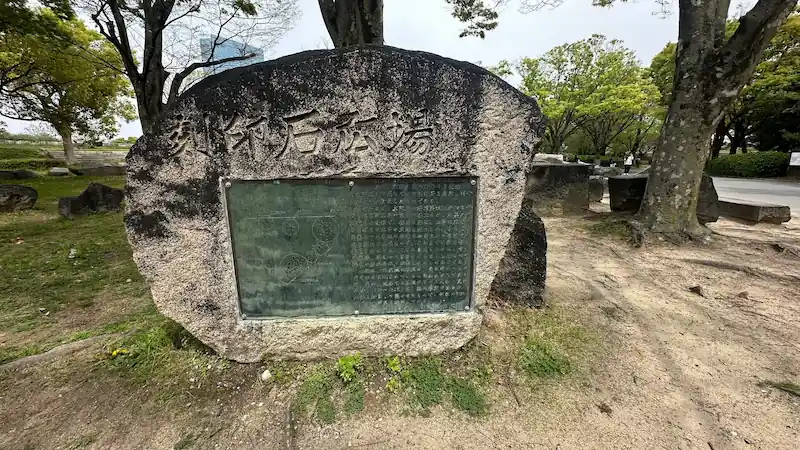
Inscribed Stone Square (Kokuinseki Hiroba)

Site of Seppuku of Toyotomi Hideyori and Lady Yodo

Gokurakubashi Bridge

Remains of the North Partition Gate
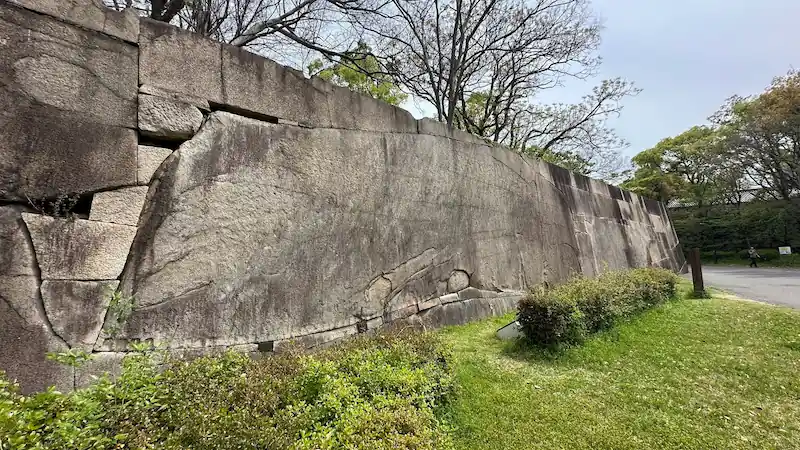
Higo Stone
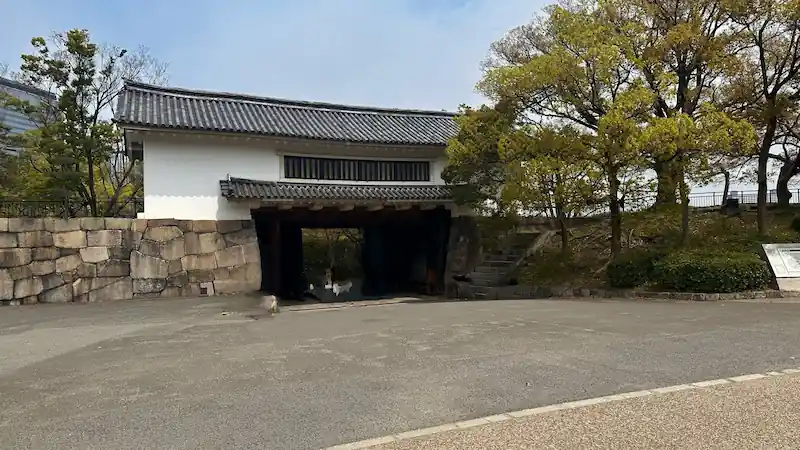
Aoya Gate






comment